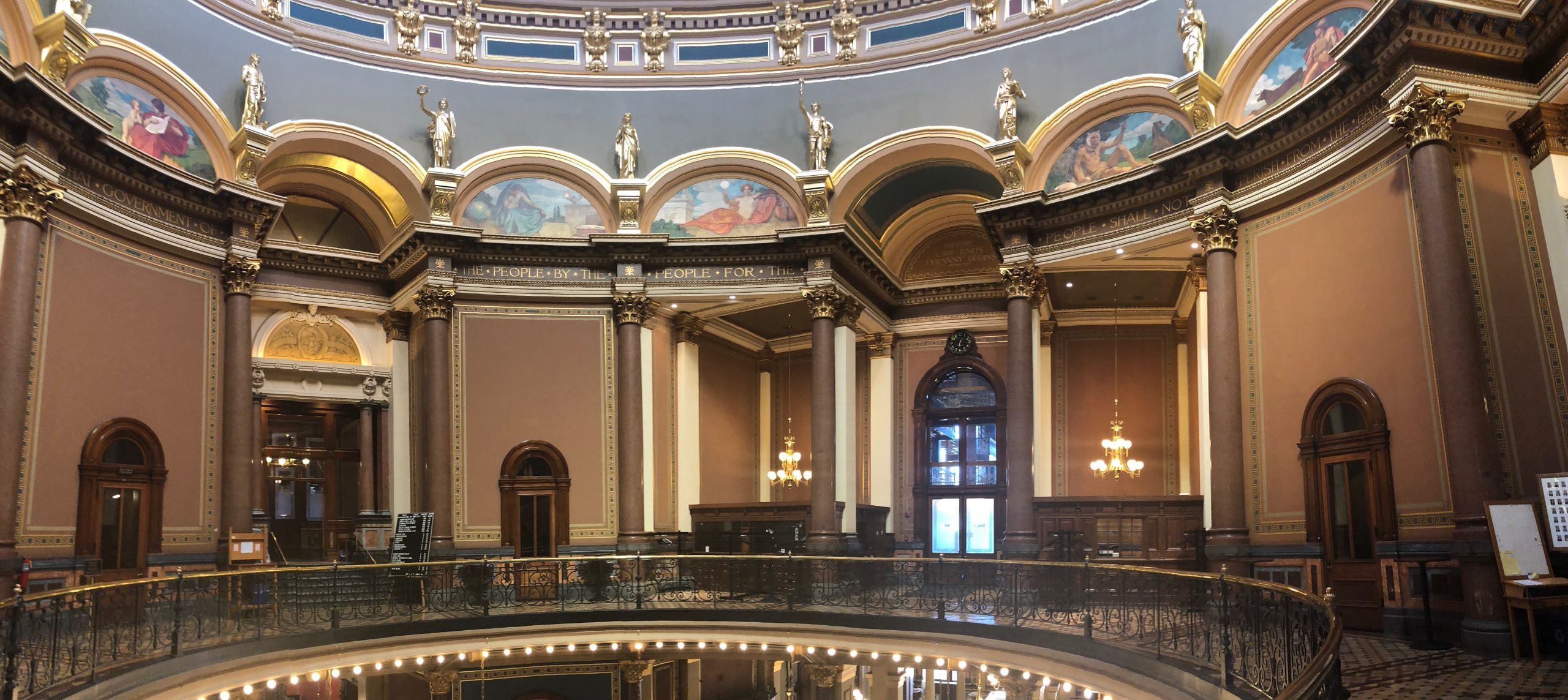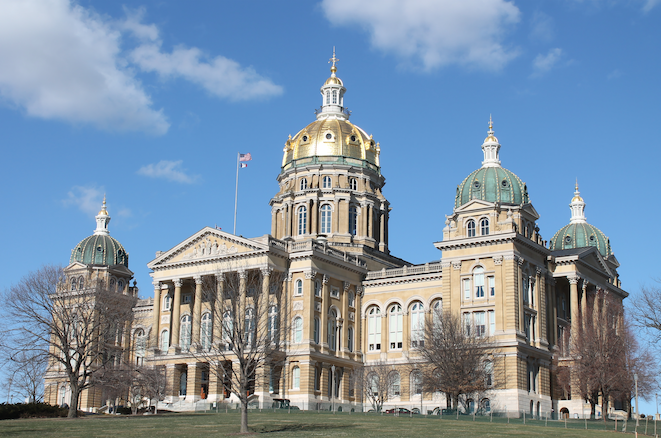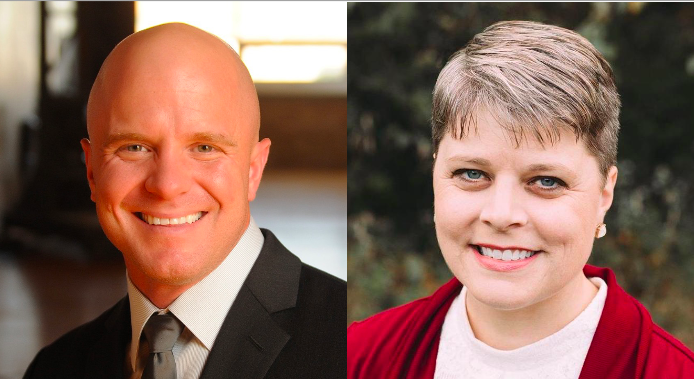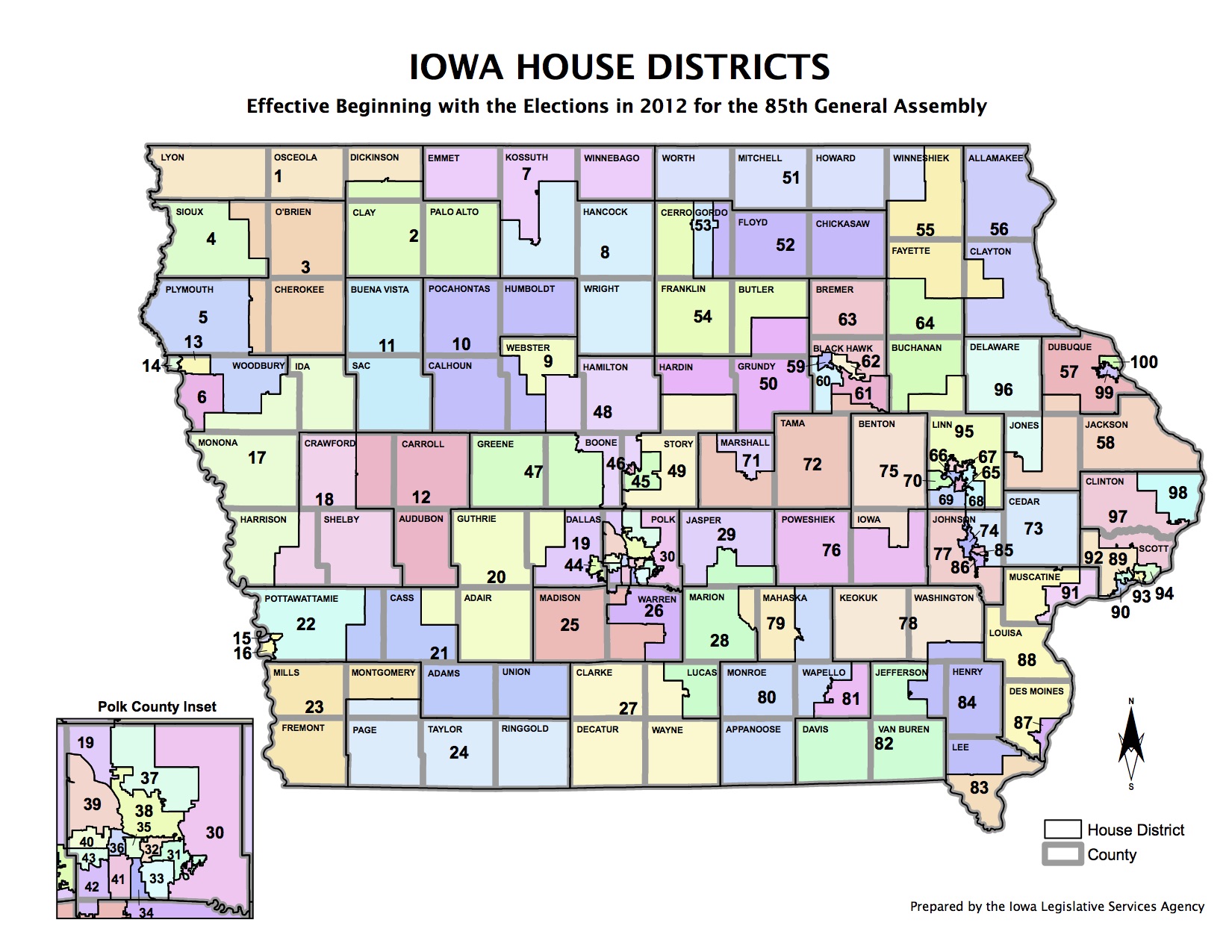Second in a series interpreting the results of Iowa’s 2020 state and federal elections.
The non-profit 50-50 in 2020 dissolved early this year after working for a decade to increase women’s representation in Iowa politics. Although our state has elected a woman governor, a woman to the U.S. Senate (twice), and will have women representing three of the the four Congressional districts for the next two years, we have a long way to go toward parity in the Iowa legislature.
When lawmakers convene in Des Moines in January, women will make up one-quarter of the Iowa Senate for the first time. However, the number of women serving in the House will drop below one-third of the chamber.





